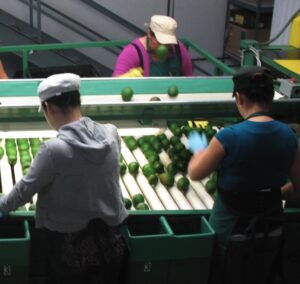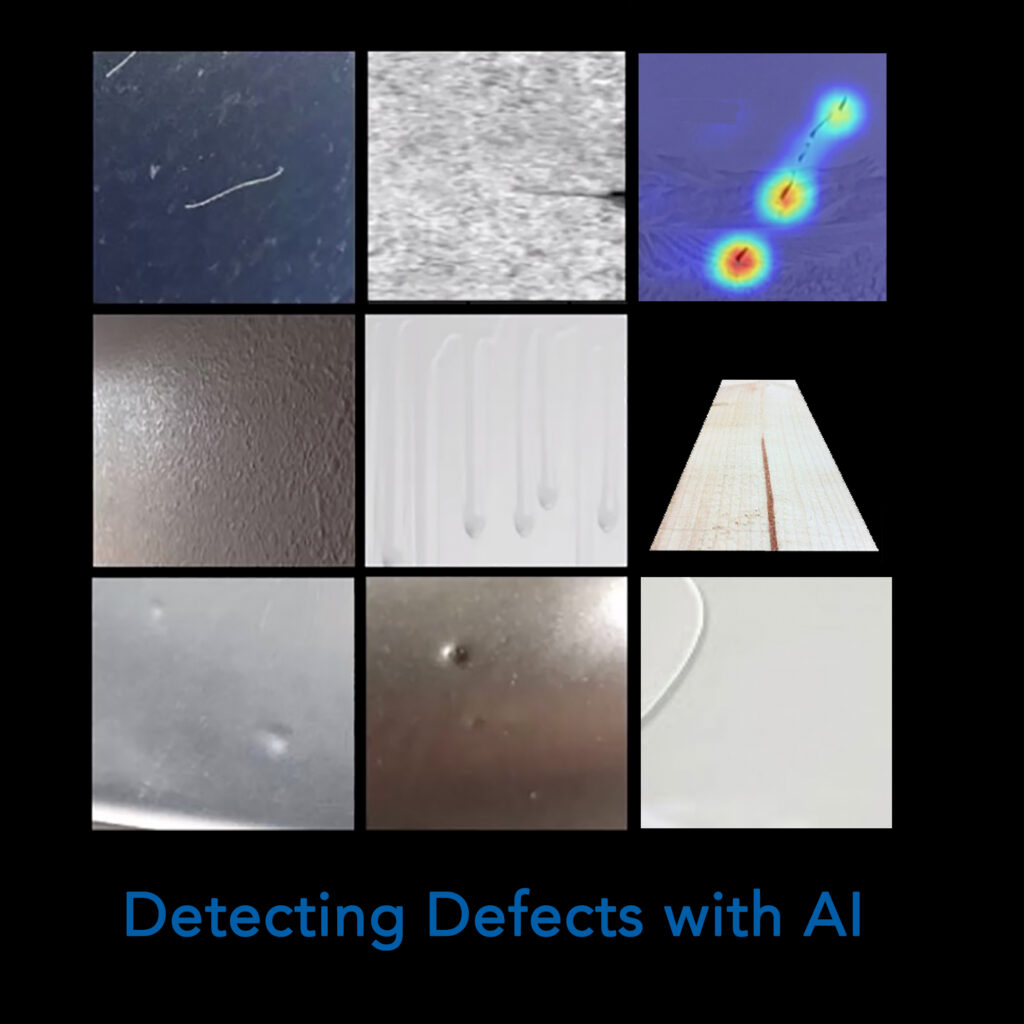Do you want to take a guess how long a person can focus on a repetitive task such as visual inspection?
Let me second guess your guess and say “go lower!”
Here’s the data: one study found that even after 20 to 30 minutes a phenomenon called “vigilance decrement” occurs which means individuals experience a drop in performance, have longer reaction times and an increase in lapses and errors if they perform tasks that require sustained attention. That’s the good news, though, another study found a maximum attention span (defined as a period of high performance without response errors and consistent) of 76 seconds in young adults and 67 in older adults.

These numbers aren’t encouraging if you have people performing routine visual inspection tasks for an 8-hour shift or in high-volume production environments. In addition to making errors, personnel are expensive, difficult to hire and often not very satisfied with their job leading to high turn-over.
Enter automation using traditional vision systems. These systems are faster than humans but often struggle with complex surfaces, varying conditions, or subtle defects that require more sophisticated recognition. Even small changes can lead to visions systems failing: a light bulb on the shopfloor that gets dimmer over time or a camera somebody bumped into and moved even a fraction of an inch. These systems also are inflexible and incapable of learning which means that every change to a product requires expensive reprogramming.
Visual Inspection Using AI
What we need for visual inspection is the best of both worlds: the keen and flexible eye of a human but without the subjectivity and inconsistency typical of humans and capable of the sustained attention needed to catch every defect on every product.
AI can do all of this! It is the ideal tool when it comes to consistently performing complex and repetitive tasks such as visual inspection with unparalleled accuracy and speed.
Here is a list of the advantages of AI for visual inspection:
- AI can detect minute defects in products, materials, or components, even in challenging environments like low-light or high-speed production lines with very high accuracy (>99.99%)
- It is highly flexible and capable of continuous learning. It can, for example, over time learn to recognize rare defects and even discover whole new defect categories.
- The algorithms can be trained to recognize a wide variety of defects, from surface scratches to complex pattern inconsistencies. As they process more data, they become more efficient, adapting to new production challenges or variations without requiring manual reprogramming. This capability not only boosts detection accuracy but also helps reduce false positives, a common issue in traditional systems that can slow down production.
- Changes to product characteristics are no problem for learning systems: AI models can be trained to recognize the new product characteristics by simply showing it a number of examples. No expensive and time-consuming programming required.
- AI can perform inspections at incredible speeds. The Accella Quality Box, for example, can inspect a product every 40 milliseconds – or 1,500 products per minute. These speeds are critical for industries like consumer-packaged goods, automotive, electronics, and pharmaceuticals.
- AI can analyze data in real time, which allows manufacturers to detect and remove defects earlier in the production process, reducing waste and improving overall product quality. For this to work, the AI needs to be fully integrated into the manufacturing environment and be able to “speak” with the PLCs and other systems such as SAP.
These characteristics of AI address many of the current bottlenecks in visual inspection, and make it possible to inspect every product at multiple points during production – even in high-speed manufacturing.
Applying AI for Visual Inspection in the Real World
We are just now at the beginning of the adoption of AI for visual inspection and many manufacturers remain cautious. However, AI has in shown its powerful capabilities in various real-world applications.
Here are some examples from our own experience:
- Visual inspection of batteries manufactured at high-speed. Adopting AI has led to scrap reductions, line speed increases, reduction in unplanned line downtime and significant hardware savings while achieving >99.99% accuracy. The overall cost reduction realized with AI was 75% compared to the traditional vision system.
- Visual inspection of Class A surfaces (automotive rims) to reliable identify a variety of defects smaller than 0.5 mm in 7 seconds. Detecting these defects avoids shipping bad products to the customer and supports root cause analysis.
- Visual inspection of wooden boards used for construction allowed the manufacturer to assign defect scores that enable binning of the boards into different quality categories for different uses.
- Visual inspection to detect welding irregularities on car doors. The AI-based solution eliminated 70% of the false positive calls reducing time-consuming and expensive reassessment.
These examples highlight the power and flexibility of AI models for visual inspection in a variety of challenging use cases that traditional systems or manual inspection by humans couldn’t perform.
The One Thing AI Can’t Do: Magic
We are often asked “Can AI detect [add your favorite use case here]?” The high-level answer is simple: “if you can see it, AI can see it”. Even if a defect is tiny, as long as a camera is able to take an image that allows a human to see it, AI will also see it. I demanding cases you might need special imaging equipment like infrared cameras or x-rays, but then the same rule applies: if you can see it, AI can, too.
But don’t expect magic: if whatever you want to detect is hidden, obscured, invisible, below the threshold of background noise, or outside the frame AI cannot detect it – just like you wont be able to see it.
We are happy to discuss your use case with you and demo how visual inspection can be made better, faster and more economical with AI.
Contact us here.

